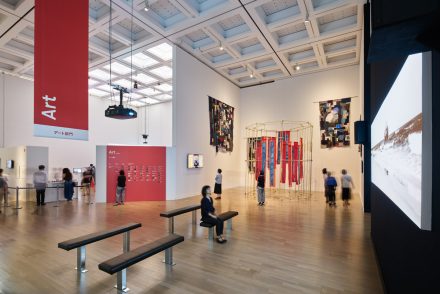
Outline
Entry Period
2017.8.1(Tue) - 10.5(Thu)
Organizer
21st Japan Media Arts Festival Executive Committee
Chair
MIYATA RyoheiCommissioner of the Agency for Cultural Affairs, Government of Japan
Operating Committee
AOKI TamotsuDirector General, The National Art Center, Tokyo
FURUKAWA TakuAnimation Artist
TATEHATA AkiraPresident, Tama Art University
Exhibition
Dates
2018.6.13(Wed) - 24(Sun)
Awards Ceremony
2018.6.12(Tue)
Venue
The National Art Center, Tokyo
TOHO Cinemas Roppongi Hills
International Design Liaison Center
SuperDeluxe
OMOTESANDO HILLS
LUMINE Shinjuku, and other locations
Admission
free
Cooperation
HAL Tokyo College of Technology & Design
Japan Institute of Design Promotion
J-WAVE, Ltd. GOOD
LUMINE CO., LTD.
Mori Building Co., Ltd.
MUTEK.JP
National Graduate Institute for Policy Studies
Peatix
Sangetsu Corporation
SHARP CORPORATION
SuperDeluxe
Tama Art University Department of Sculpture
TASKO inc.
TOHO Cinemas Roppongi Hills
TSUTAYA TOKYO ROPPONGI
Yamaguchi Center for Arts and Media [YCAM]
Yukai Engineering Inc.

Jury / Major
Jury
NAKAZAWA Hideki
ABE Kazunao
ISHIDA Takashi
FUJIMOTO Yukio
MORIYAMA Tomoe
KUDO Takeshi
ENDO Masanobu
NAKAGAWA Daichi
SAITO Seiichi
SATO Naoki
YOKOTA Masao
KIFUNE Tokumitsu
MORINO Kazuma
NISHIKUBO Mizuho
UDA Kounosuke
MINAMOTO Taro
FURUNAGA Shinichi
KADOKURA Shima
MATSUDA Hiroko
SHIRAI Yumiko
Major
FUJIKAWA Haruka
FUKUHARA Shiho
HATTORI Hiroyuki
KANAZAWA Kodama
MIZUNO Masanori
TADOKORO Atsushi
KURAMOCHI Kayoko
MATSUDA Naomasa
MIURA Kazushi
NIIMI Nue
NISHIHARA Mari
OGINO Hitoshi



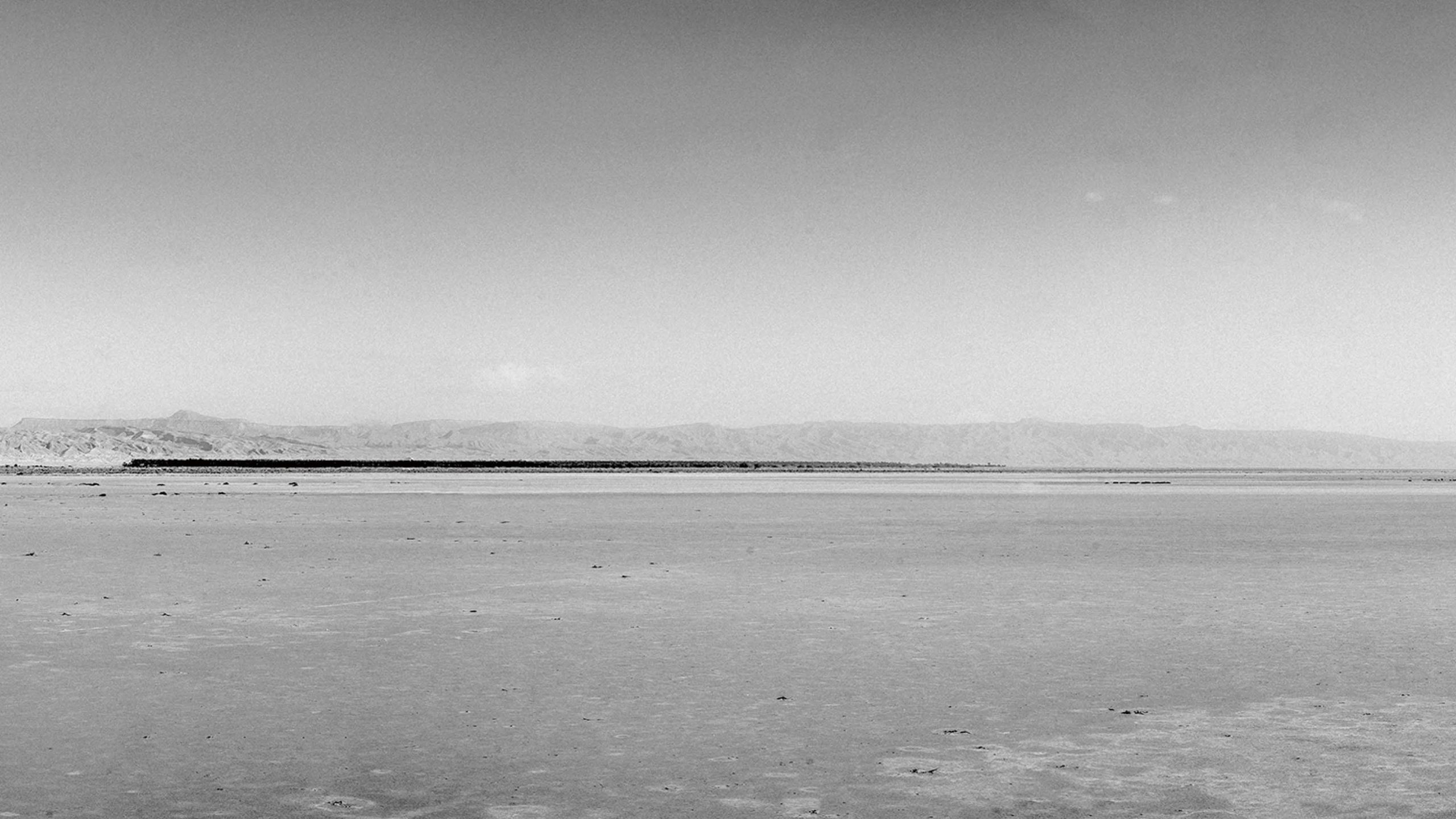

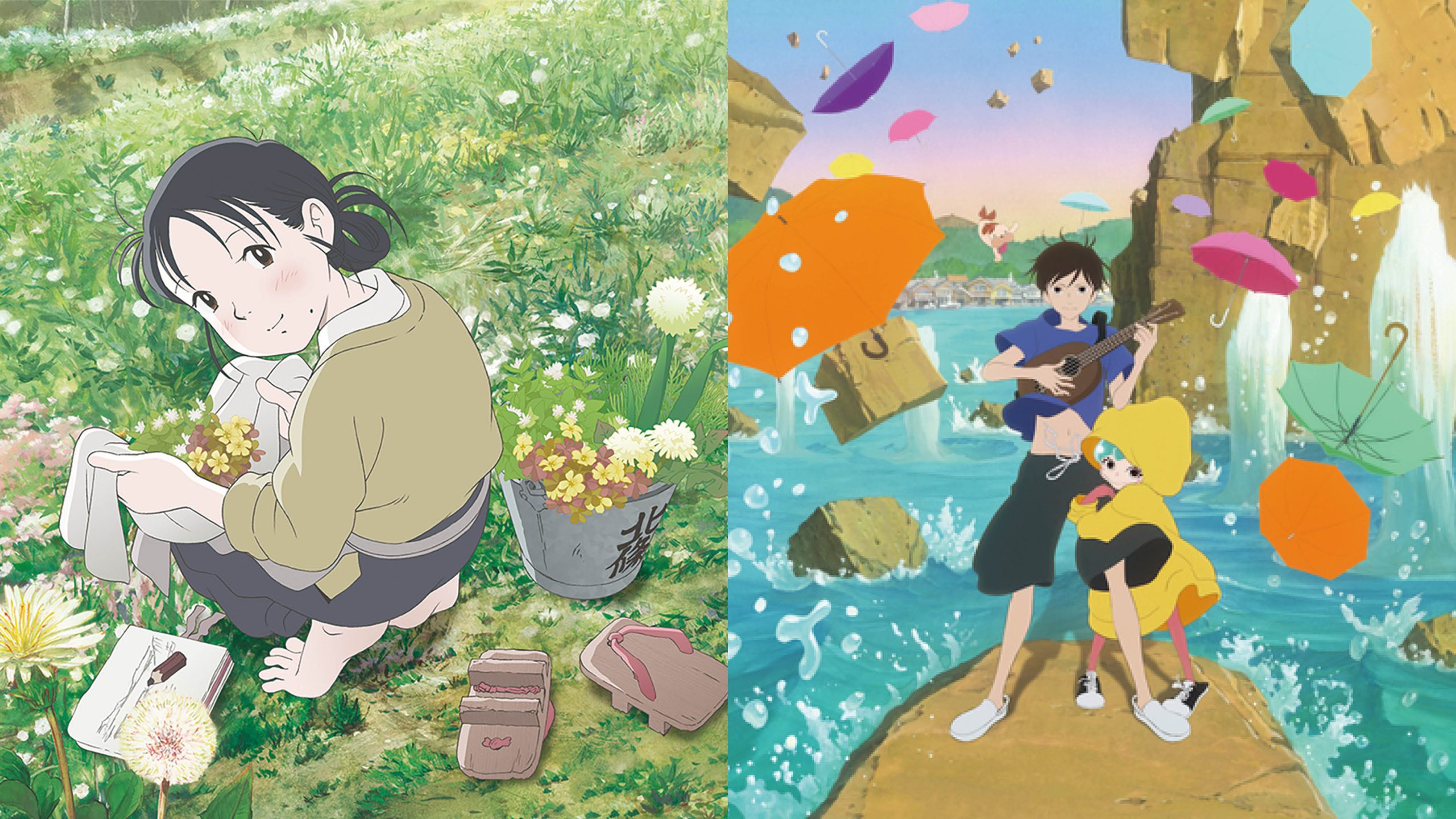
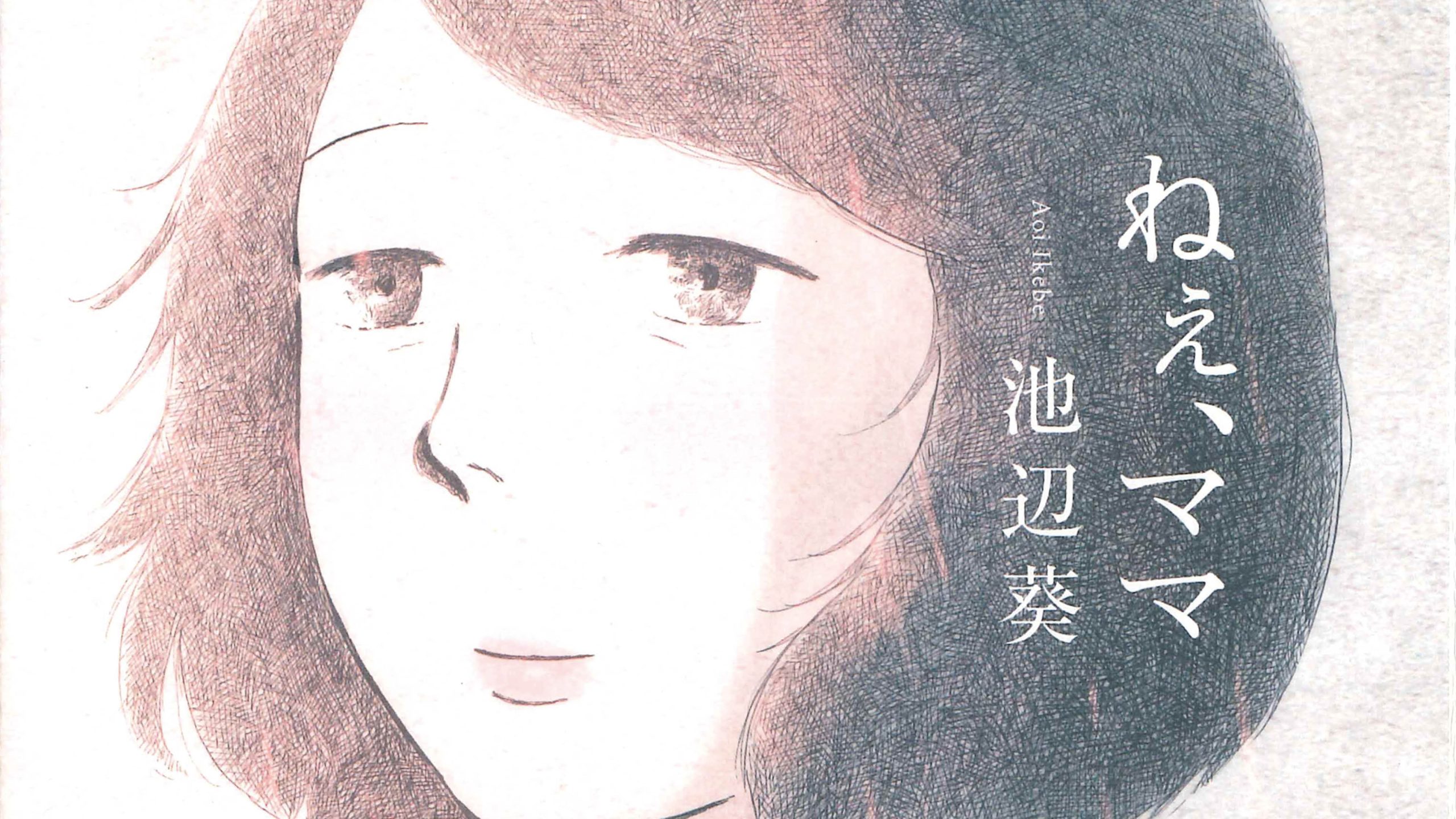
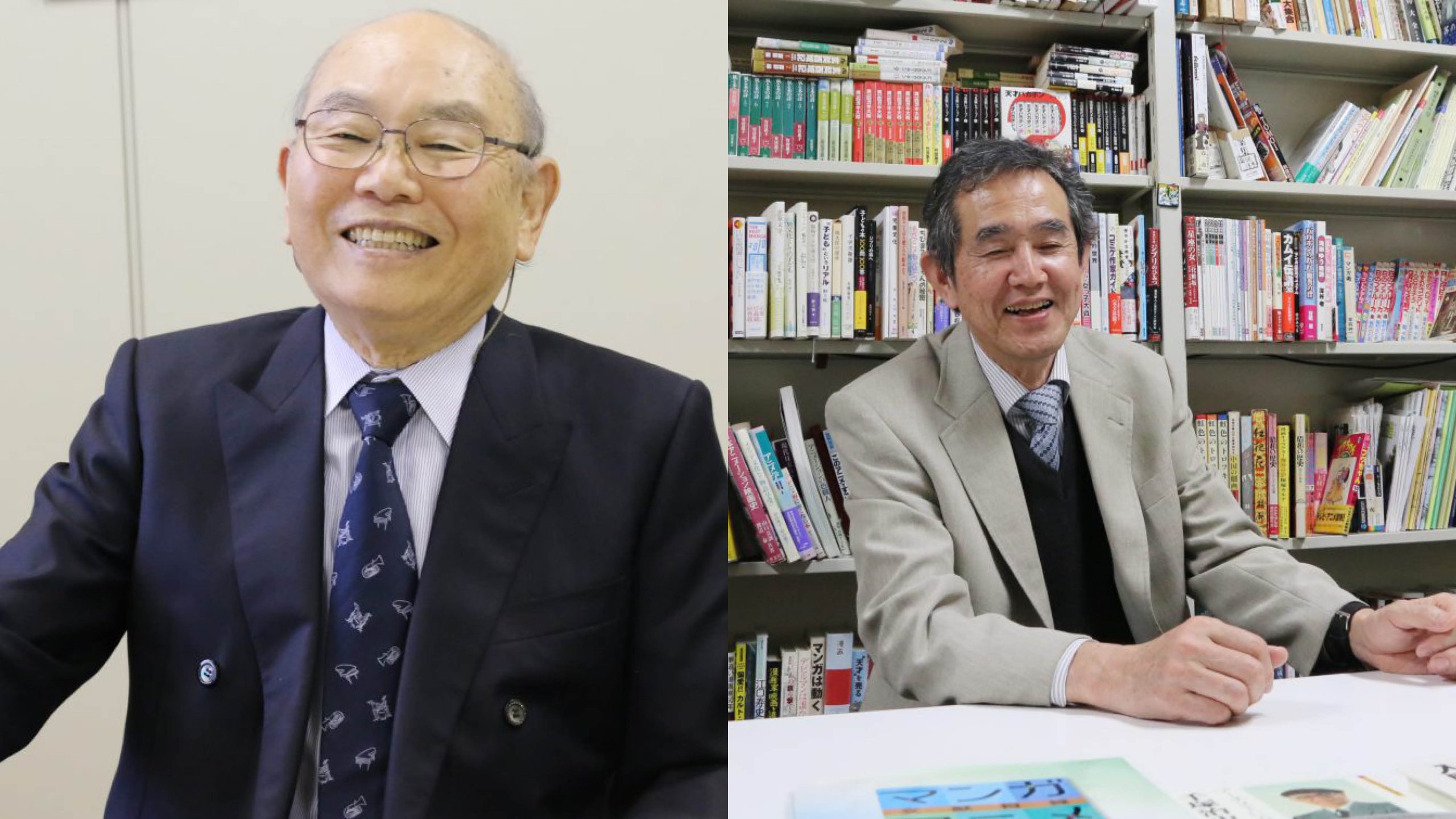
TATEHATA Akira
President, Tama Art University
The Japan Media Arts Festival is unique in that it has an Art Division, Entertainment Division, Anima- tion Division and Manga Division—something that would only be possible in Japan. Many works di- rectly re ected the conditions affecting this media at that time, which is also an extremely unique fea- ture that sets this festival apart from other contests. Not only is cutting-edge technology in lm and telecommunications quickly adopted, but many of the submitted works in every festival ad- dress social issues such as environmental problems, income inequality, regional con ict and disasters. The technical pursuit in Media Arts must also provide criticism of our reality in some form.This 21st festival attracted 4,192 submissions from 98 countries and regions around the world, which shows that it has a growing presence as an international Media Arts contest. The Grand Prize in the Art Division was given to Haythem ZAKARIA, a Tunisian artist living in France, for In- terstices / Opus I – Opus II. Sophisticated image technologywasusedtocreatethetranquil screen showing a monochrome scene. However, in direct contrast to a world in which artists com- pete over the innovativeness of their visual effects, this work creates a beautiful and even magical time and space that encourages the viewer to contemplate nature. It is truly deserving of our rapt gaze.As one of the organizers of this festival, I am proud that such amazing works were selected, making this a truly rewarding festival. I look for- ward to the excitement of the fresh developments Media Arts will show us in the years to come.
FURUKAWA Taku
Animation Artist
I have had the opportunity to view pictures drawn by children. I have always been interested in pic- tures drawn by children, and was astonished that, although elementary students draw surprisingly interesting pictures that are all unbridled in their expression, posters drawn by junior high and high school students are no different than the sample pictures found in textbooks back when I was a child 60 years ago. Even in terms of design, such as arrangement of letters, they are all stereotypi- cal and boring. This is despite the fact that today there is a profusion of Media Arts in the communi- ty that includes manga, animation, games, performance art, and exhibitions. What is this strange disparity? Or is it that today and in the old days captivating objects are all outside of school? In particular, things that have been called subcul- ture such as manga and animation were not originally taught in school. Those who set their sights on that path reached their goal while follow- ing their own individual approach. That is what Tokiwa-so and Toei Animation did. Perhaps a gathering place for those with aspirations in Media Arts that differs from school and the creation of a hub is needed. In theory, it should arise naturally, rather than be created.On the other hand, programming classes for children and workshops utilizing apps for smart- phone and other digital devices are proving popular to the public. High school kids are even creating great short-story animation. Going back to that strange gap mentioned earlier, I think it would be interesting to simultaneously hold an event like a Media Arts Festival for children under 15 or 17 to get to know today’s children.